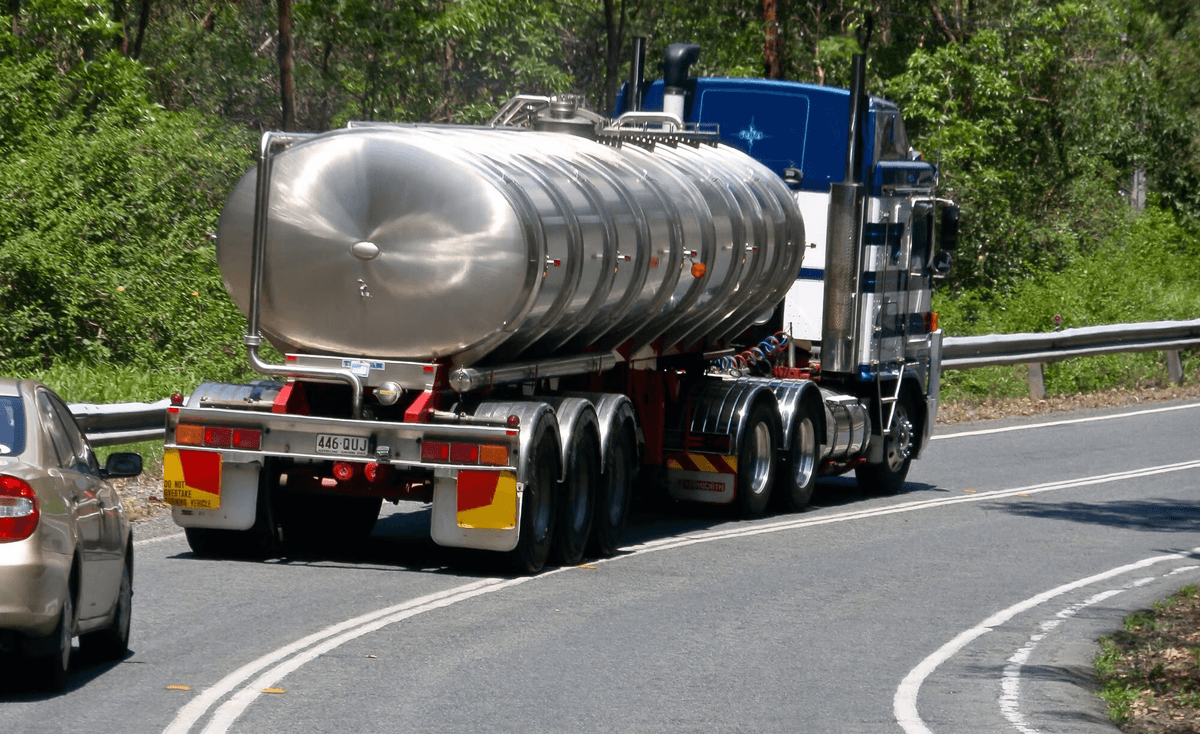The Cryogenic Insulation Revolution: Unlocking the Secrets of Super-Cold Storage
The Cryogenic Insulation Revolution: Unlocking the Secrets of Super-Cold Storage

Cryogenic insulation is a critical component in the storage and transportation of cryogenic fluids, such as liquid nitrogen, liquid oxygen, and liquid helium. These fluids are used in a wide range of applications, from medical research to industrial manufacturing, and require specialized insulation to maintain their extremely low temperatures. In this article, we will delve into the world of cryogenic insulation, exploring its history, principles, and applications.
1. The Need for Cryogenic Insulation
Cryogenic fluids are used in a variety of applications, including medical research, industrial manufacturing, and space exploration. However, these fluids are extremely sensitive to temperature fluctuations, and even small changes in temperature can cause them to vaporize or lose their properties. To maintain the integrity of these fluids, specialized insulation is required to keep them at their desired temperatures.
2. The Principles of Cryogenic Insulation
Cryogenic insulation is based on the principles of thermal insulation, which aim to reduce heat transfer between the cryogenic fluid and its surroundings. There are several key principles that govern the design and operation of cryogenic insulation systems:
* Thermal conductivity: The ability of a material to conduct heat is a critical factor in cryogenic insulation. Materials with low thermal conductivity, such as vacuum-insulated panels, are used to minimize heat transfer.
* Thermal diffusivity: The rate at which heat diffuses through a material is another important factor. Materials with low thermal diffusivity, such as fiberglass, are used to slow down heat transfer.
* Vacuum insulation: The use of vacuum insulation is a key component of cryogenic insulation. By removing the air from the insulation, the thermal conductivity of the material is significantly reduced.
3. Types of Cryogenic Insulation
There are several types of cryogenic insulation, each with its own unique characteristics and applications. Some of the most common types of cryogenic insulation include:
* Vacuum-insulated panels: These panels consist of a vacuum-insulated container surrounded by a reflective material. They are used in a variety of applications, including cryogenic storage tanks and cryogenic pipelines.
* Fiberglass insulation: Fiberglass is a common material used in cryogenic insulation due to its low thermal conductivity and thermal diffusivity. It is often used in cryogenic storage tanks and cryogenic pipelines.
* Multi-layer insulation: Multi-layer insulation consists of multiple layers of insulation materials, such as fiberglass and vacuum insulation. It is used in a variety of applications, including cryogenic storage tanks and cryogenic pipelines.
4. Applications of Cryogenic Insulation
Cryogenic insulation is used in a wide range of applications, including:
* Cryogenic storage tanks: Cryogenic storage tanks are used to store cryogenic fluids, such as liquid nitrogen and liquid oxygen. They require specialized insulation to maintain the integrity of the fluids.
* Cryogenic pipelines: Cryogenic pipelines are used to transport cryogenic fluids, such as liquid nitrogen and liquid oxygen. They require specialized insulation to maintain the integrity of the fluids.
* Cryogenic equipment: Cryogenic equipment, such as cryogenic pumps and cryogenic valves, require specialized insulation to maintain the integrity of the fluids.
* Medical research: Cryogenic insulation is used in medical research to store and transport cryogenic fluids, such as liquid nitrogen and liquid oxygen.
* Industrial manufacturing: Cryogenic insulation is used in industrial manufacturing to store and transport cryogenic fluids, such as liquid nitrogen and liquid oxygen.
5. Challenges and Limitations of Cryogenic Insulation
Despite its importance, cryogenic insulation is not without its challenges and limitations. Some of the key challenges and limitations include:
* Cost: Cryogenic insulation is a complex and expensive technology. The cost of cryogenic insulation systems can be prohibitively high for some applications.
* Complexity: Cryogenic insulation systems are complex and require specialized expertise to design and operate.
* Limited scalability: Cryogenic insulation systems are typically designed for specific applications and may not be scalable to larger or smaller sizes.
* Limited flexibility: Cryogenic insulation systems are typically designed for specific applications and may not be flexible enough to accommodate changes in temperature or pressure.
6. Future Directions for Cryogenic Insulation
Despite its challenges and limitations, cryogenic insulation is an important technology that is likely to continue to play a critical role in the storage and transportation of cryogenic fluids. Some of the key future directions for cryogenic insulation include:
* Advanced materials: Researchers are exploring the development of new materials with improved thermal conductivity and thermal diffusivity. These materials could potentially be used to improve the performance of cryogenic insulation systems.
* Improved design: Researchers are exploring new design approaches for cryogenic insulation systems, such as the use of 3D printing and advanced computational modeling.
* Increased scalability: Researchers are exploring ways to improve the scalability of cryogenic insulation systems, such as the use of modular designs and advanced manufacturing techniques.
7. Conclusion
Cryogenic insulation is a critical component in the storage and transportation of cryogenic fluids. By understanding the principles and applications of cryogenic insulation, we can better appreciate its importance in a wide range of industries. While cryogenic insulation is not without its challenges and limitations, it is an important technology that is likely to continue to play a critical role in the future.